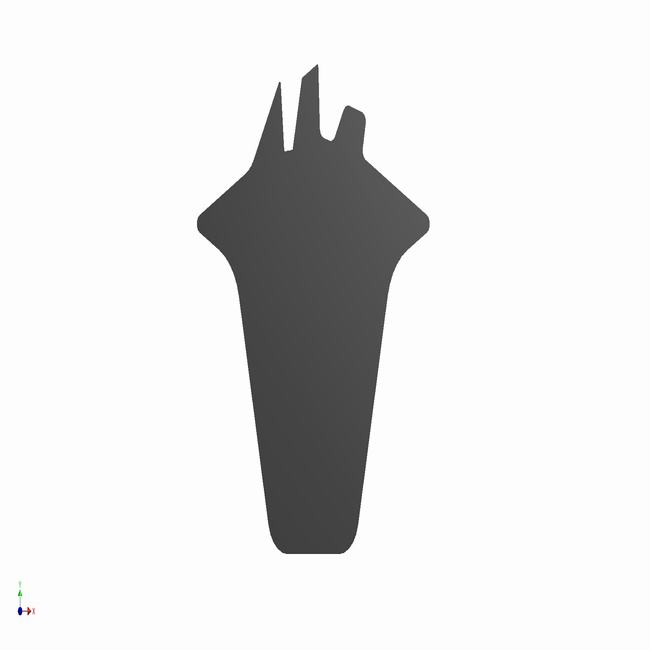Concrete pipe seals are devices or materials used to create watertight or airtight connections between concrete pipes or between concrete pipes and other structures, such as manholes, catch basins, or culverts. These seals are essential in various construction and infrastructure projects, particularly those involving the conveyance of liquids or gases. Proper sealing ensures that there are no leaks or infiltration of unwanted substances, which can be crucial for maintaining the integrity and functionality of the system.
Here are some common types of concrete pipe seals:
- Rubber Gaskets: Rubber gaskets are one of the most commonly used sealing materials for concrete pipes. They are typically made of elastomeric materials such as EPDM (ethylene propylene diene monomer) or neoprene, which are flexible and resistant to weathering and chemicals. These gaskets create a tight seal between the pipes when compressed during installation.
- Mastic Sealants: Mastic sealants are often used in conjunction with rubber gaskets to provide additional sealing around joints and connections. These sealants are applied as a thick, sticky substance that adheres to the concrete surfaces and fills any gaps or irregularities in the joint.
- Compression Seals: Compression seals are designed to create a watertight seal by compressing a rubber gasket when the pipes are joined. They are commonly used in underground sewage and stormwater systems.
- O-Ring Seals: O-ring seals are circular rubber seals with a cross-section that resembles the letter “O.” They are placed in a groove or recess in the pipe joint and provide an effective sealing solution against fluids and gases.
- Lubricants: Lubricants are sometimes used to facilitate the installation of rubber gaskets and ensure a smooth, tight fit. They reduce friction during the assembly process, making it easier to compress the gasket and create a secure seal.
- Expanding Sealants: Expanding sealants are materials that expand or swell when they come into contact with water. These sealants can be used in joints to provide an additional layer of protection against water infiltration.
- Flexible Concrete Pipe Joints: Some concrete pipes are designed with flexible joints that eliminate the need for separate gaskets or sealants. These joints are engineered to create a secure seal while allowing for some degree of movement to accommodate ground settlement or thermal expansion.
Proper installation and maintenance of concrete pipe seals are critical to ensure the longevity and performance of the infrastructure. Inspections and periodic replacements may be necessary to address wear and tear over time. Additionally, the choice of sealant and gasket materials should be based on the specific requirements of the project and the types of fluids or gases being conveyed through the pipes.

